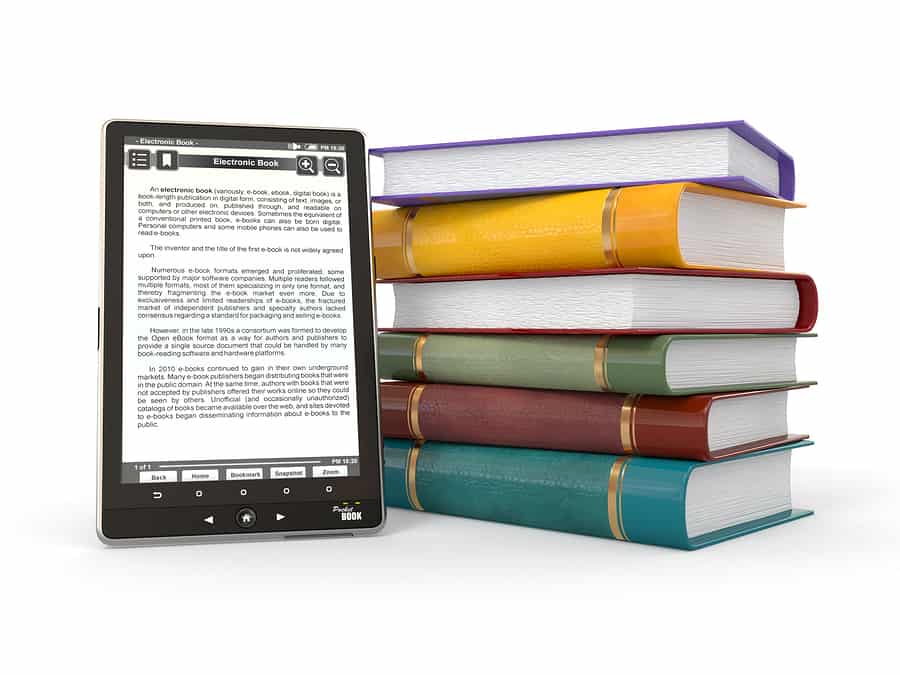Three Reasons For High Schoolers to Use Peer-Reviewed Journals in Research

By Ben Thomas
If you’ve taught students to improve their researching and writing skills – or even graded your share of research papers – you’ve probably noticed that students have the whole process down to a system: Google a few articles or grab them from the library, look for keywords related to their topics, then write about a viewpoint or two. In college and graduate school, though, expectations will get higher as classes get more advanced. Students will soon be expected to know where the latest peer-reviewed research – research reviewed by committees of similarly advanced experts – is being published, as well as how to compare and contrast the viewpoints argued in those publications. The good news is, students can get a head start on using peer-reviewed sources right now, so they’ll be up to speed when those tough assignments come their way. Here are three reasons to encourage students to start using these sources as soon as possible.
Topics are precise
Encyclopedias, textbooks and other reference sources cover vast ranges of topics – but each peer-reviewed journal focuses exclusively on a specific area of expertise. On the one hand, this means peer-reviewed articles can offer professional insight on just about any topic a student is researching. By the same token, though, experts in particular areas tend to talk about their work in a jargon of “insider” terms and phrases they’ve developed over the decades – and that means students will want to take a little time to skim some articles and familiarize themselves with the basics of that jargon. “Databases that include peer-reviewed materials sometimes return more precise results when a searcher uses the controlled vocabulary of that database,” says Linda Salem, education librarian at San Diego State University Library. Learning that vocabulary has gotten easier over the years, she adds, as more searchable databases have added lists of suggested keywords to their search engines. The upshot of all this is that once you’ve taken a little time to help students learn the local lingo, they’ll have a wealth of targeted, cutting-edge sources at their fingertips.
Views are diverse
Unlike encyclopedia entries or textbook chapters, most scholarly research articles provide evidence and arguments for one particular viewpoint in a specific thread of research. While textbooks and encyclopedias are like written lectures, the world of peer-reviewed journals is more like a social gathering – a meeting or a party – where every guest sees the issues from different angles and interprets observations in his or her own way. That means the more students search and read through peer-reviewed publications, the more conflicting viewpoints they’ll get exposure to – and the better they’ll get at considering multiple sides of a debate. Meanwhile, many students – and even teachers – make the mistake of assuming that a single article counts as definitive evidence for a particular point of view. “Only once in a blue, nobel-prize winning moon can a single article be cited as evidence that any idea or phenomenon has been proven, disproven or demonstrated without a doubt,” says Lisa Klopfer, reference and instruction librarian at Eastern Michigan University. Thus, the more experienced you give your students at taking articles in context, the better they’ll be at assessing the arguments their own peers make.
Access is opening up
For decades, many publishers of peer-reviewed research databases restricted access to those schools and labs that could afford their (often exorbitant) subscription prices. Over the past few years, though, scientists and other academics have been fighting back by demanding free, open access to the latest research – and even boycotting publishers who won’t provide it. This means databases of open-access journals, such as OpenDOAR and DOAJ, are gaining new entries faster than ever before. If you want to make sure your students will actually be able to read the articles they search for – instead of discovering that most of the text is actually locked behind a paywall – explain that they can start by searching one of these databases for journals that guarantee open access to their articles. If you teach at a school whose library pays for access to subscription-only journals, though, your students’ options are even broader. Even if you’ve been employed at the same school for years, stop by the campus library and ask what the options are – you may find out that your school has access to many more resources than you thought.
Though many high school teachers might not expect students to cite peer-reviewed sources, you’ll be doing you students a favor by getting them comfortable with this research process now. Moving from high school to college is a major transition for anyone, and a little familiarity with the new territory will help reduce students’ stress. In short, the biggest reason to give them an early start on using peer-reviewed sources is simply that you’ll make learning easier on them in the long run.
Ben Thomas writes about a wide variety of topics related to education for www.rileyguide.com.







0 Comments
Leave a Comment
Your email address will not be published. All fields are required.